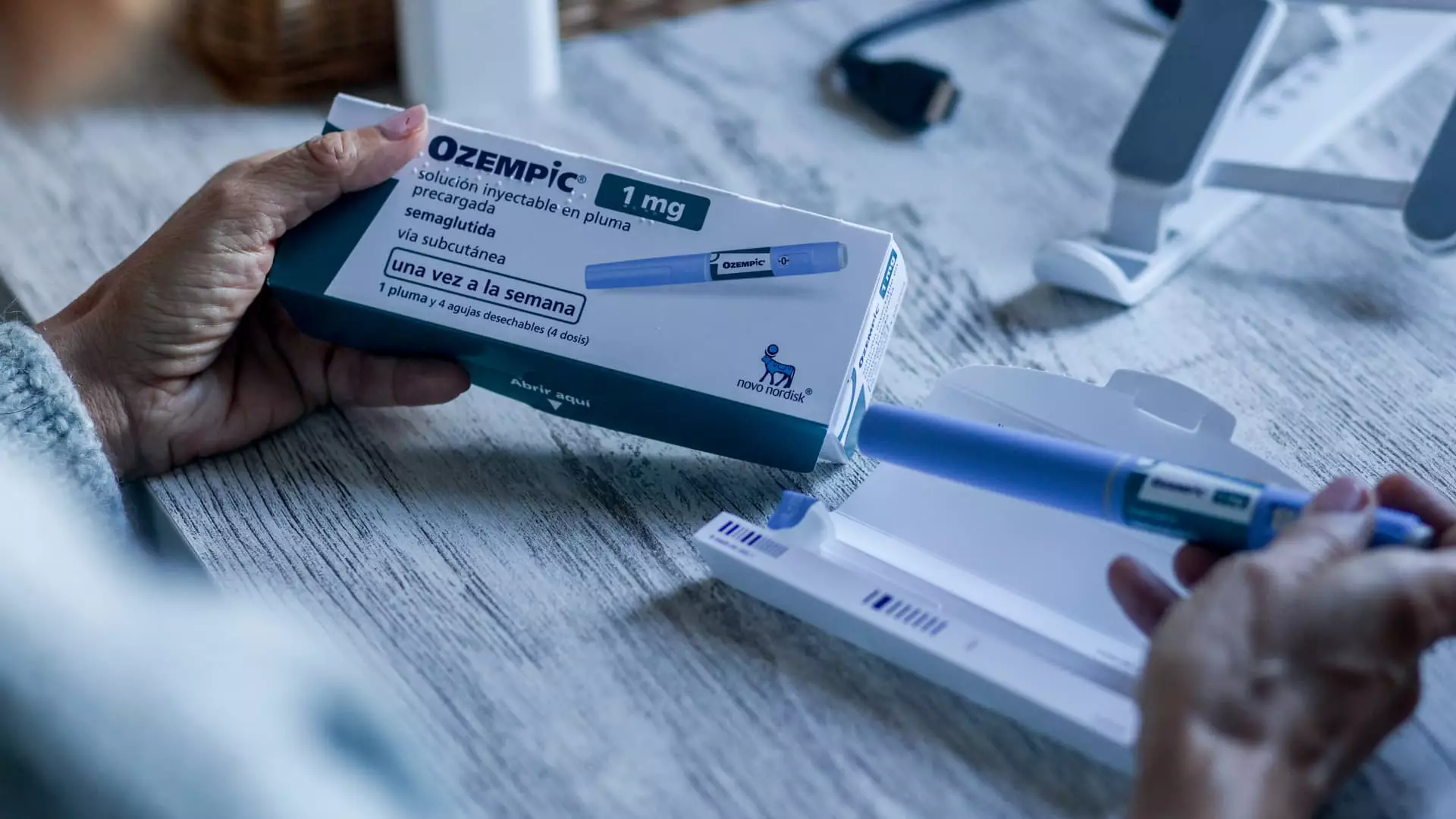The demand for weight loss drugs in the U.S. is on the rise, despite the high monthly costs and limited insurance coverage. A recent survey conducted by Evercore ISI focused on GLP-1s has revealed an interesting trend – the willingness to pay out of pocket for these treatments is strongly correlated with annual income. The survey included more than 600 participants, including current, past, and potential users of GLP-1 medications. The findings shed light on the disparities in access to these breakthrough drugs, particularly for individuals with lower incomes.
It was found that individuals with annual incomes of over $250,000 are willing to pay more out of pocket for GLP-1 treatments compared to those earning less than $75,000. While nearly 60% of higher-income individuals are willing to pay over $300 per month for these drugs, only 4% of lower-income individuals said the same. In fact, 64% of the lower-income group stated that the maximum amount they are willing to pay is $50 or less per month. This income disparity highlights the challenges faced by those with limited financial resources in accessing vital weight loss treatments.
Interestingly, the survey also revealed that the maximum amount people are willing to pay out of pocket for GLP-1 treatments aligns with their actual expenses. Current users reported paying $50 or less per month, while the majority of past users also spent the same amount. However, a small percentage of individuals from both groups paid over $750 per month for these medications. The survey also touched on the duration of treatment, with more than 80% of past users discontinuing treatment within 12 months. Reasons for discontinuation included cost, achieving weight loss goals, or experiencing side effects.
Despite the challenges posed by high costs and limited insurance coverage, nearly half of current GLP-1 users expressed their intention to continue treatment permanently. This indicates a strong commitment to weight loss and overall health among this group. In contrast, only 10% of potential users intended to stay on the treatment permanently, with over 70% aiming to achieve their weight loss goals and then discontinue the medication. Additionally, the majority of participants across all groups stated that they would restart GLP-1 treatment if they regained weight after stopping the drug.
The survey also explored the impact of GLP-1 treatment on eating and drinking habits. More than 70% of respondents reported eating less while on the medication, regardless of pre-existing health conditions. This is consistent with the appetite-suppressing effects of GLP-1s, which mimic gut hormones to regulate appetite and blood sugar. Furthermore, a significant percentage of participants also reported reduced alcohol consumption while on GLP-1 treatment, with some even abstaining from drinking. Studies have shown that certain GLP-1s can curb alcohol intake in animals, but further research is needed to understand the implications for human behavior.
The survey findings highlight the complex relationship between income, willingness to pay, and the long-term use of weight loss drugs like GLP-1s. Addressing the disparities in access to these medications is crucial to ensure that all individuals have the opportunity to achieve their weight loss goals and improve their overall health. Efforts to reduce out-of-pocket costs and increase insurance coverage for these treatments can help bridge the gap and make weight loss drugs more accessible to a broader population.

